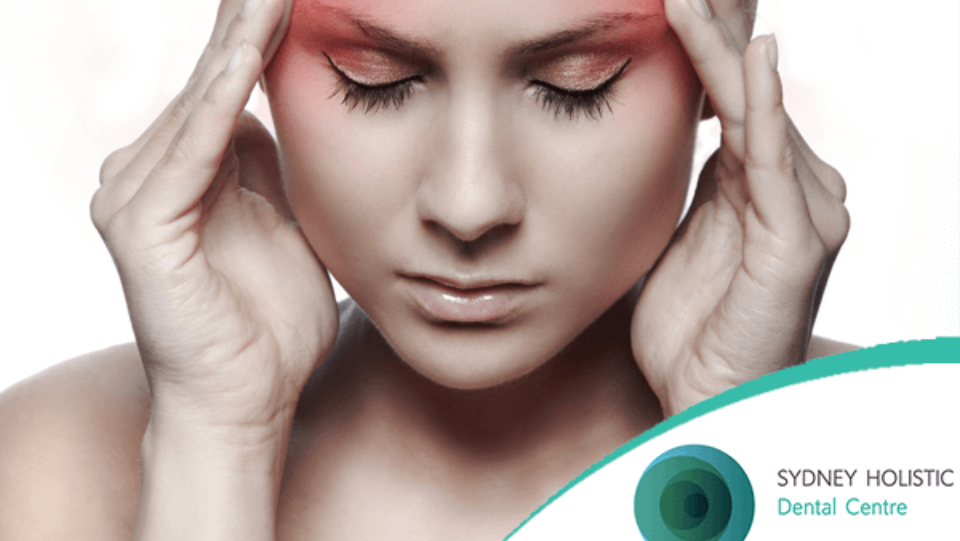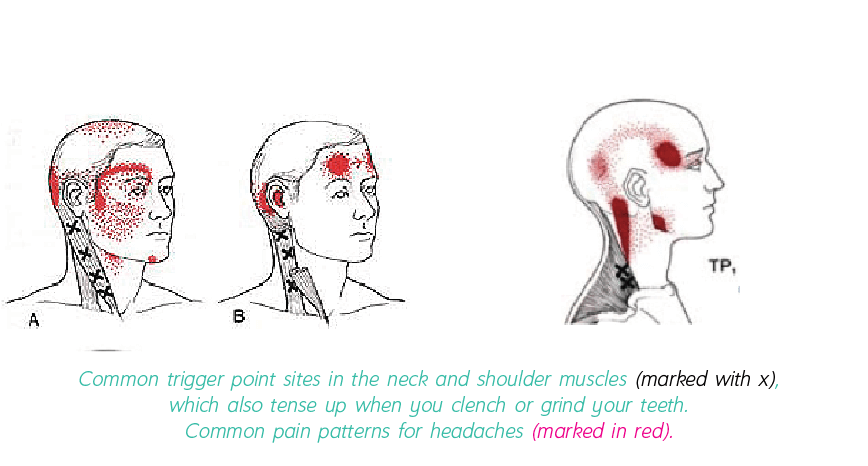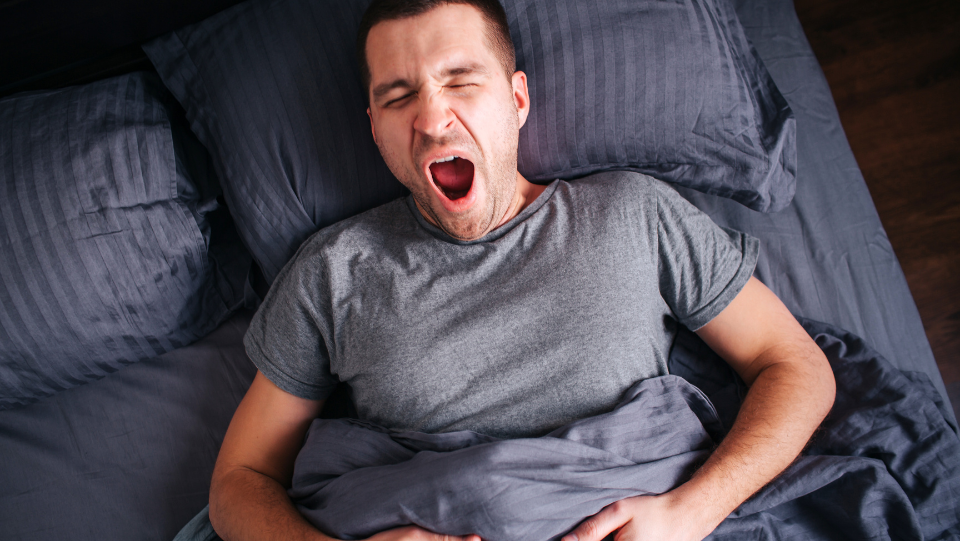Assessing and Treating Headaches
Assessing and Treating Headaches

Dentists and physicians see many patients suffering from various types of chronic tension headaches and neck-aches. Studies have shown that a common factor in migraine and tension type headaches and neck aches may be due to chronic clenching and/or grinding of teeth, particularly at night. If you’re interested in the possible causes of headaches then check out a previous post here. Below we explore a holistic dentists’ approach to assessing and treating headaches.
The Dental Connection
If you clench or grind your teeth, your jaw muscles tighten together with the muscles at the back of the neck. Studies have shown that clenching of teeth causes muscles to tighten throughout the whole body. This tension will prevent those neck muscles from relaxing and the soft tissue lesions from healing.
This connection between jaw and neck muscles is often overlooked as a factor when considering headaches and neck aches.
Recognising the connection and identifying factors that contribute is an important step in fixing the problem. People clench or grind their teeth for several reasons:
Sleep disordered breathing – This is the most common cause of clenching and grinding. This means that while you are asleep you are not breathing as well as you should, not only resulting in a less restful sleep but also causing you to clench or grind your teeth.
Pain – A cycle of pain can cause clenching of the jaws, which perpetuates soft tissue lesions and results in muscular and neurological pain. e.g. headaches or neck aches.
Emotional Stress – The pressures of our everyday social, family and working lives, together with postural and nutritional stresses.
Nutritional deficiencies or the use of stimulants like caffeine, alcohol or some prescription and recreational drugs.
Our Approach
Assessment and Treatment – carefully assessing the problem and treating accordingly:
1. Assessing the soft tissue (muscles, tendons, ligaments or attachments of muscles to bone)
and their impact on the nervous system, both voluntary (peripheral nervous system) and involuntary (autonomic nervous system).
2. Assessing sleep
Assessing how best to support the jaw at night to minimise the harmful effect of clenching and grinding on the muscles of the head and neck, and also to help maintain better airway and breathing at night to ensure a restful, refreshing night’s sleep.
3. Assessing the teeth and jaw joints
The way the upper and lower teeth fit together (occlusion) and the functioning of the jaw joints (temporomandibular joints, TMJ). The significance of clicking and popping of the jaw joint(s), together with an assessment of the ability to move the jaw comfortably.
4. Assessing postural stresses
Sleeping on your stomach is the worst position for head, neck, jaw and lower back muscles.The impact of other postural stresses, like cranial bone strains, spinal instability and malalignment, leg length differences, head forward posture (which may also be a reflection of a poor breathing pattern) and unstable foot mechanics and ankle joints. We work closely in consultation with other health practitioners, chiropractors, osteopaths, physiotherapists, cranio-sacral therapists, massage therapists and podiatrists.
5. Assessing nutrition and exercise
Certain foods cause the body to be inflamed and, in the presence of soft tissue lesions, results in musculo-skeletal pain. We work with holistic medical practitioners, nutritionists and naturopaths. We also work with personal trainers and gyms focused on functional movements and sustainable exercise. Exercise improves sleep quality and every other health indicator, physical, mental and emotional.



